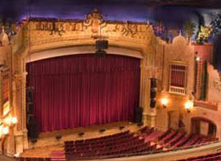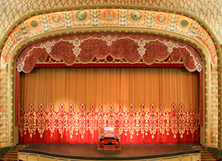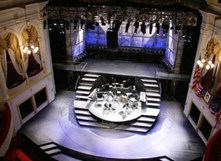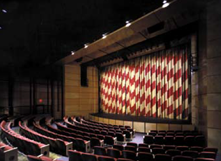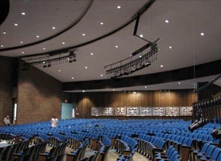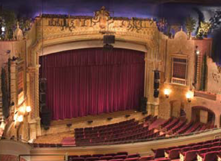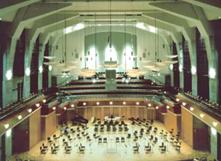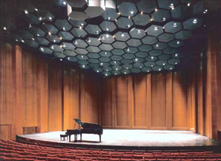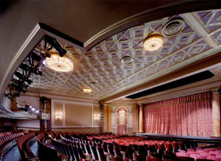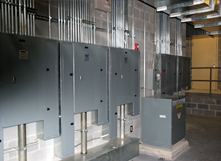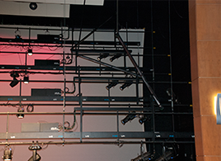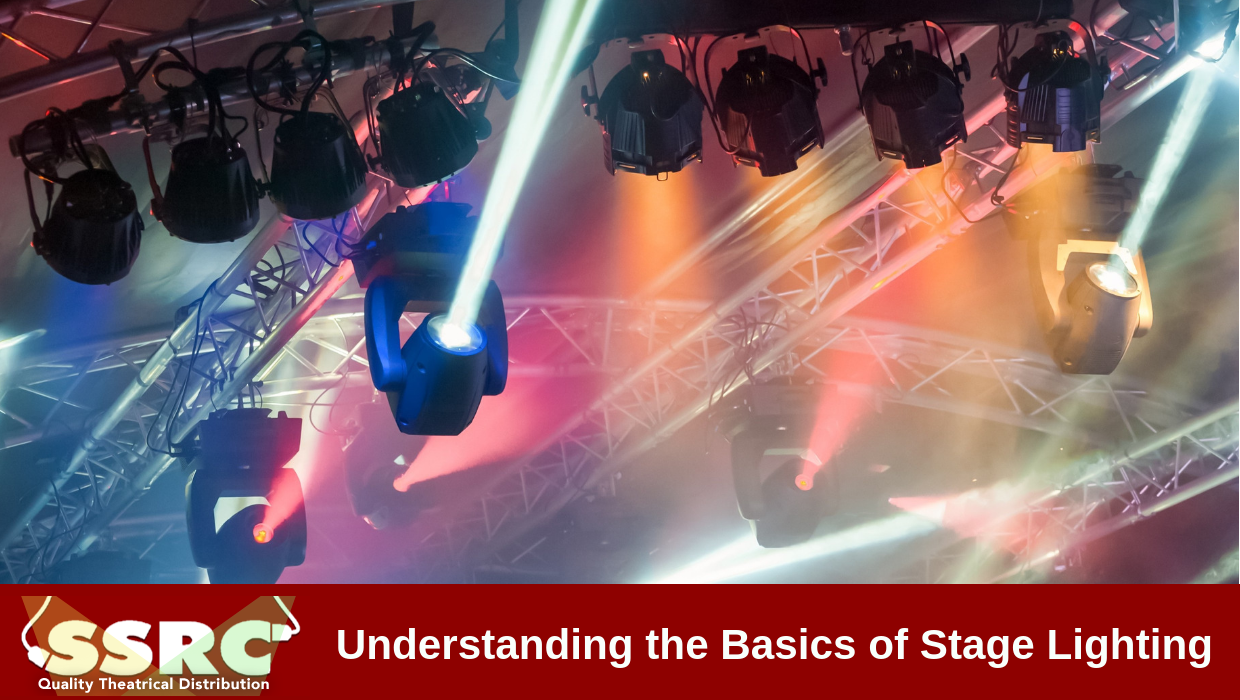
Understanding the Basics of Stage Lighting
Stage lighting for shows and events are like the spaces between the words in books – you don’t really notice them, but the whole experience is much less memorable if they aren’t there. There are several important contributions to a performance when it comes to stage lighting:
- Vision – you can hardly enjoy a performance if you can’t see it
- Mood – a somber play needs somber lighting; a colorful performance needs brightness
- Performance – lighting can be as important to a stage as any actor or musician
- Period – future times are typically bright; days gone past are typically darker
- Drama – used effectively, lighting can exacerbate the audience’s response to certain situations
- Enhance – lighting can draw some performers to the foreground, and relegate others to the background
When it comes to stage lighting, there are several different types of light, but the four types that are most often utilized are:
- Spotlight – or Ellipsoidal Reflector Spotlight (EPS) to give it its full name. A spotlight is used to highlight certain aspects of the stage or performers. They have adjustable focus and can be used to project as well.
- Parabolic reflectors – these are called PARs. They are wash fixtures, which means they can light up large parts of the stage. You can angle the beam, typically, but you cannot use them to zoom or focus.
- Fresnel – these lights are half EPSs, and half PARs. They cast a softer light than a spotlight, and can be used to zoom, but not focus. They offer versatility, more than anything, because they can be easily adjusted.
- Moving head – this light is the most versatile in any stage manager’s arsenal, as it can be a spotlight, a wash light, a beam light or a combination of two of those attributes or all three. They may be the most expensive option, but when used properly, they are incredibly powerful.
The other two main aspects of stage lighting are how to place the fixtures, and where. Lights are very heavy and are typically placed above where people are going to be located on the stage, so it is essential that you use proper lighting clamps for safety. Placement is important too, and is dependent upon the height of the ceiling, the size of the venue and the nature of the performance. Read more about How to Properly Light a Stage.
Posted by admin
Recent Posts
Archives
- January 2022
- December 2021
- November 2021
- October 2021
- May 2021
- April 2021
- March 2021
- February 2021
- January 2021
- October 2020
- September 2020
- August 2020
- July 2020
- June 2020
- April 2020
- March 2020
- January 2020
- November 2019
- October 2019
- August 2019
- July 2019
- May 2019
- April 2019
- March 2019
- February 2019
- January 2019
- November 2018
- October 2018
- September 2018
- August 2018
- July 2018
- June 2018
- May 2018
- April 2018
- March 2018
- January 2018
- December 2017
- October 2017
- September 2017
- August 2017
- July 2017
- June 2017
- July 2016
- June 2016
- May 2016
- March 2016
